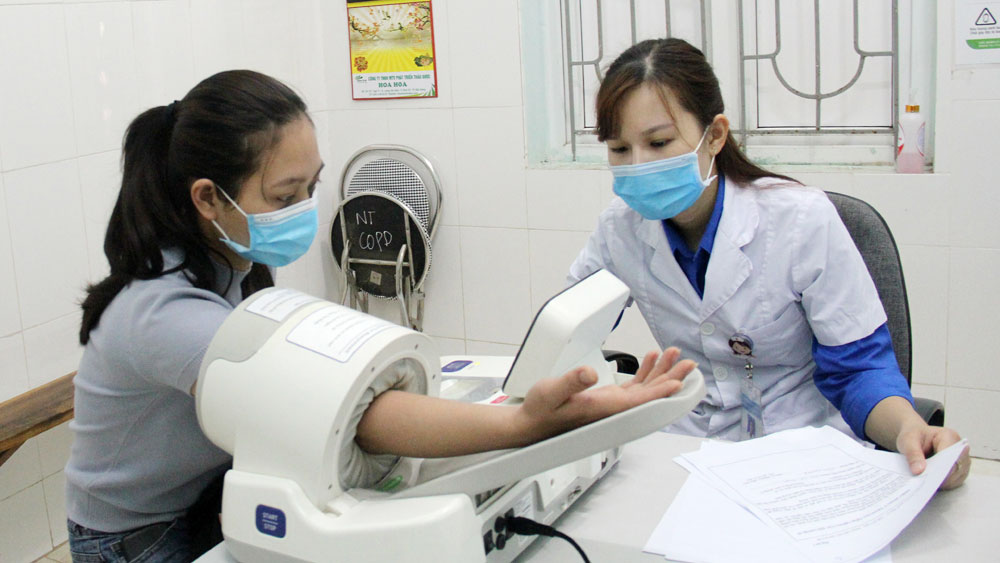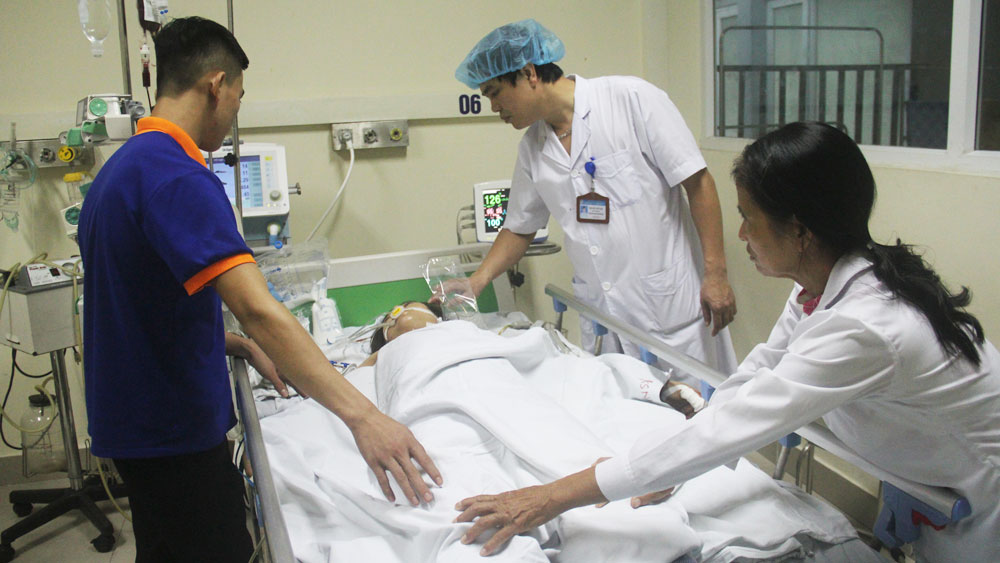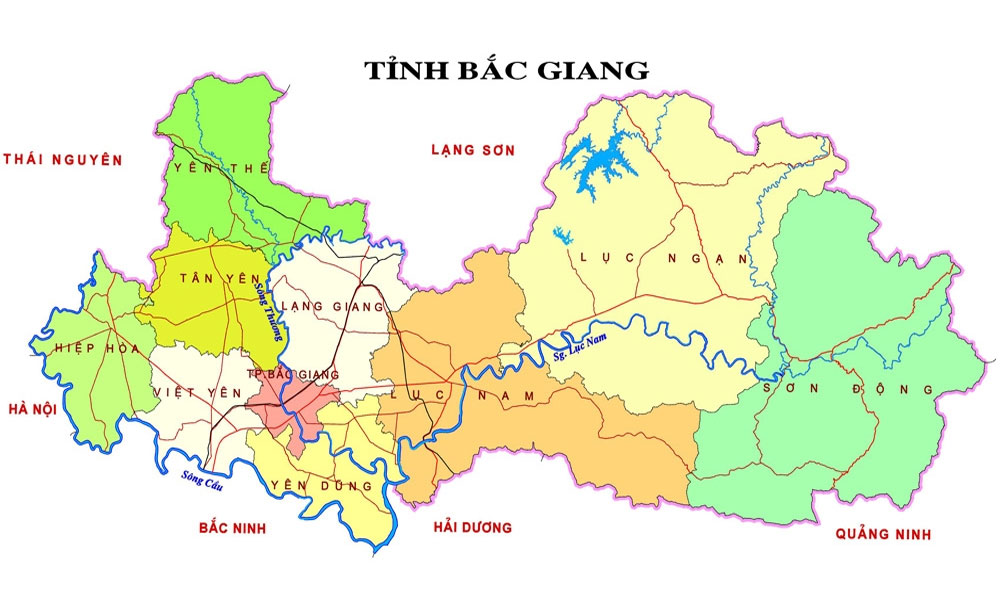New policy on provincial-level inpatient health insurance enhances competitiveness, benefits patients
It has also created a competition between treatment facilities at different levels, requiring them to make efforts to improve service quality to attract patients.
Increasing inpatients
After 3 months of implementing the policy, patients with health insurance cards are given favorable conditions when they are told to be hospitalized for multi-day inpatient treatment without procedures for transfer to a higher-level hospital.
 |
|
Health examinations for patients at the Medical Center of Luc Ngan district. |
According to Tu Quoc Hieu, Director of the provincial Department of Health, this regulation has had a great impact, forcing hospitals and medical centers to constantly innovate and improve service quality, invest in facilities, equipment and human resources, and develop specialized techniques. Particularly, district-level health centers must renew their operation models to suit the new situation.
At this time, the provincial General Hospital has more than 800 inpatients, an increase of 15-17 percent compared to December 2020. Most of them are very excited about the new policy on health insurance.
|
Bac Giang has 8 provincial-level hospitals, all of which have seen an increase in the number of inpatients, especially in the surgery and obstetrics departments. Since the beginning of the year, the province has reported more than 27,500 inpatients at provincial-level hospitals. |
However, due to the large number of inpatients, some departments such as gastrointestinal, neurological, musculoskeletal departments are facing difficulties due to old facilities. The hospital is hastening the contractor to speed up the construction of a 15-storey central building to better serve patients and attract people to get medical check-up and care.
Since the policy was launched, the provincial Rehabilitation Hospital has seen an increase of 25-30 percent in the number of inpatients compared to the end of 2020. It is now home to 240 inpatients.
Efforts to improve service quality
The policy has contributed to increasing competitiveness and encouraged medical facilities to strive to improve the treatment quality and serving attitude towards satisfaction of patients. However, for common diseases, patient visits to provincial-level hospitals for inpatient treatment cause unnecessary waste. While in recent years, the district-level health centers have invested much in upgrading and renovating facilities, buying modern equipment, training human resources and developing in-depth techniques.
 |
|
Treatment for inpatients at the provincial General Hospital. |
According to the provincial Social Security Agency, a large number of patients using services at provincial-level hospitals will increase the risk of health insurance costs exceeding the estimates. Doctor Ngo Thi Kim Hong, deputy head of the Medical Examination Department under the provincial General Hospital, recommends that patients with common diseases do not need to go to provincial-level hospitals because their examination costs may be not covered by the health insurance fund if there is no indication for inpatient treatment.
The application of this regulation is also a challenge that requires district-level health centers to exert more efforts to develop a technique portfolio to retain patients in the current context of self-payment of regular expenditures.
Facing this fact, in the second quarter of 2021, the Medical Center of Luc Ngan district is developing a group of laparoscopic surgical techniques while that of Hiep Hoa district conducts the technique of artificial insemination to lure patients.
In order to avoid the fact that patients flock to provincial level hospitals, Hieu said that the provincial health sector will strengthen communications and disseminate policies and laws on proper-level medical care. Lower-level medical centers, when implementing new techniques, need to widely introduce them to residents.
 Bắc giang
Bắc giang













Reader's comments (0)